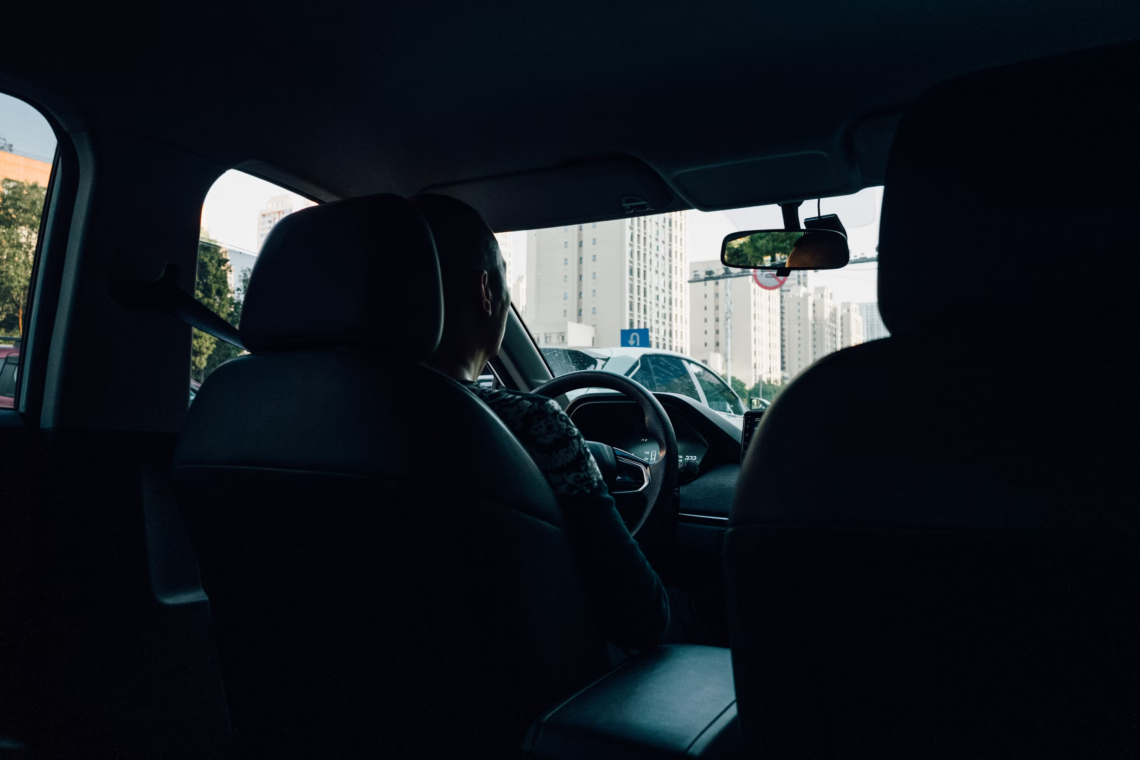
Who’s Accountable for Passenger Safety in Ride-Sharing Cabs?
In the bustling landscape of modern transportation, ride-sharing services like Uber and Lyft have revolutionized the way people navigate their cities. These popular tech-driven platforms have become synonymous with urban mobility. Yet, amidst the convenience and accessibility, a pressing concern looms large: passenger safety.
What was once hailed as an innovation now finds itself under scrutiny as passengers face the unsettling reality of potential harm during cab rides. In recent years, the meteoric rise of ride-sharing has been shadowed by an alarming increase in reports of sexual assault incidents occurring during rides.
A report released by Bankrate earlier this year revealed that Lyft alone received 1,096 complaints of sexual assault, with another 10 complaints of fatal physical assaults. This was just in the span of two years – 2017 to 2019.
The statistics of Uber aren’t any better either. TorHoerman Law claims that the company received over 10,000 sexual assault complaints between 2017 and 2020.
This burgeoning crisis begs a critical question: Who’s responsible for ensuring passenger safety in ride-sharing cabs?
Today, it has become imperative to dissect the intricate web of accountability that binds together ride-sharing companies, drivers, and the broader community. In this article, we aim to shed light on the layers of responsibility and explore avenues for meaningful change.
Factors Contributing to Sexual Assault in Ride-Sharing Cabs
The prevalence of sexual assault incidents within ride-sharing cabs can be attributed to a myriad of interconnected factors, ranging from systemic shortcomings to situational vulnerabilities.
Below, we delve into some of the key contributors to sexual assault in ride-sharing cabs:
Lack of Rigorous Background Checks for Drivers
Ride-sharing companies often face criticism for their screening processes, which may not sufficiently vet drivers for past criminal behavior or indicators of potential risk.
In some instances, individuals with troubling backgrounds have slipped through the cracks, posing a grave danger to unsuspecting passengers.
A most recent example of it was seen in a Daily Pilot article published in January. It referred to an incident from last year when a woman from California was assaulted by an Uber driver who fled to Mexico afterward.
Attorney Andrew T. Ryan, who was pursuing the case, accused Uber of overseeing its hiring processes with negligence and failing to conduct adequate background checks on its drivers.
Inadequate Training and Protocols for Handling Passenger Safety Issues
Many ride-sharing drivers receive minimal training on how to handle challenging situations, including instances of harassment or assault.
The absence of clear protocols for responding to safety concerns can leave both drivers and passengers ill-equipped to navigate potentially dangerous scenarios, exacerbating the risk of harm.
Influence of Alcohol and Late-night Rides on Vulnerability
Alcohol consumption often accompanies late-night rides, particularly during weekends and festive occasions.
Wondering how intoxication makes passengers more vulnerable to predatory behavior by drivers or fellow riders? An article published by the U.S. Army revealed that while alcohol doesn’t directly cause sexual assault or violence, it could lead to impaired judgment, loss of inhibition, and a reduced ability to perceive a risky situation.
All these factors contribute to making intoxicated passengers vulnerable to sexual assault. The article also emphasizes how sexual violence is never the victim’s fault, regardless of whether they were sober or drunk when it happened.
Insufficient Security Measures Within the Ride-Sharing App
While ride-sharing companies have introduced various safety features within their apps, such as GPS tracking and driver identification, these measures may not always provide adequate protection against sexual assault.
Additional safeguards, such as panic buttons or real-time monitoring, are necessary to enhance passenger security.
Culture of Silence and Stigma Surrounding Sexual Assault
Societal taboos and shame associated with sexual assault often deter survivors from coming forward and reporting incidents.
This underreporting not only obscures the true extent of the problem but also perpetuates a culture of impunity, allowing perpetrators to evade accountability. If you’ve ever been a victim of a Lyft or Uber sexual assault incident, remember that speaking up is always the right choice, no matter the consequences.
Accountability Among Ride-Sharing Companies
As the ride-sharing platforms are facilitating millions of rides daily, they also bear responsibility for implementing measures to prevent and address incidents of sexual assault. Below, we’ll explore the accountability of ride-sharing companies in safeguarding passenger safety:
Examination of Policies for Addressing Sexual Assault Complaints
Ride-sharing companies must establish clear and transparent protocols for handling reports of sexual assault.
This includes providing multiple channels for reporting incidents, ensuring confidentiality, and conducting prompt and thorough investigations into allegations. Companies should also communicate their zero-tolerance stance towards sexual misconduct and outline the consequences for perpetrators.
Safety Features Within the Ride-sharing App
Integrating safety features directly into the ride-sharing app can empower passengers to take proactive steps to protect themselves.
Features such as real-time tracking, sharing trip details with trusted contacts, and in-app emergency assistance options enhance passengers’ sense of security and provide a lifeline in the event of an emergency.
Training and Support for Drivers
Ride-sharing companies should provide comprehensive training to drivers on recognizing and responding to instances of sexual harassment or assault.
This training should encompass de-escalation techniques, empathy and sensitivity towards passengers, and the importance of maintaining professional boundaries. Additionally, companies should offer ongoing support and resources for drivers who may experience challenging situations or require assistance.
Frequently Asked Questions (FAQs)
Can you sue Uber for a sexual assault?
Yes, you can. All the existing lawsuits against Uber allege that the company shall hold liability for any assault that takes place in Uber cabs because they failed to screen drivers properly.
What happens if an Uber driver gets assaulted?
If an Uber driver is attacked or assaulted during a ride, they can file a civil lawsuit for the same.
What is the sentence for a first-time sexual assault?
If the sexual assault includes penetration, regardless of it being the first time, the offender can be sentenced to a minimum of ten years imprisonment.
In conclusion, the issue of passenger safety in ride-sharing cabs, particularly concerning sexual assault, underscores the critical need for accountability across multiple fronts.
By implementing rigorous screening processes, enhancing safety features within their apps, providing comprehensive training for drivers, and fostering transparent reporting mechanisms, ride-sharing companies can fulfill their duty to prioritize passenger safety.
You May Also Like

Joy Millward – A Comprehensive Guide!
February 29, 2024
Live:p_3ijan3bzo= Chicken: Benefits, Care, and Insights
October 29, 2024

